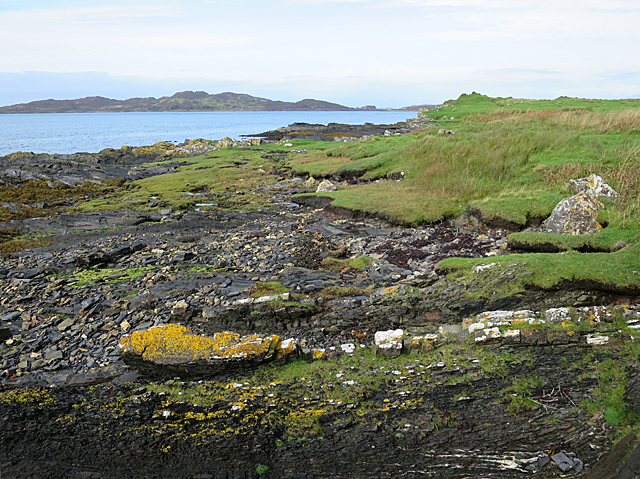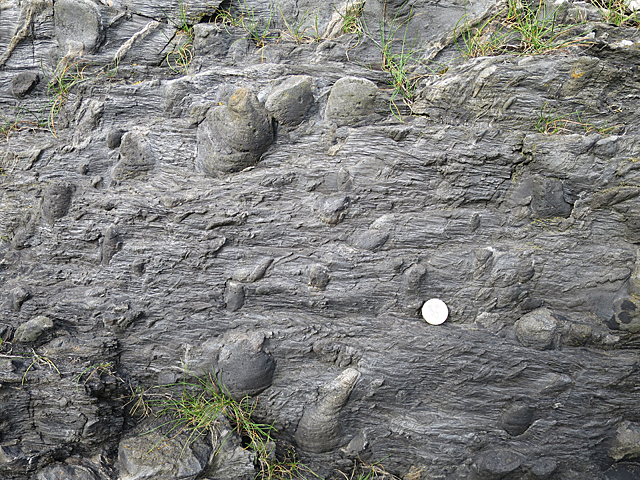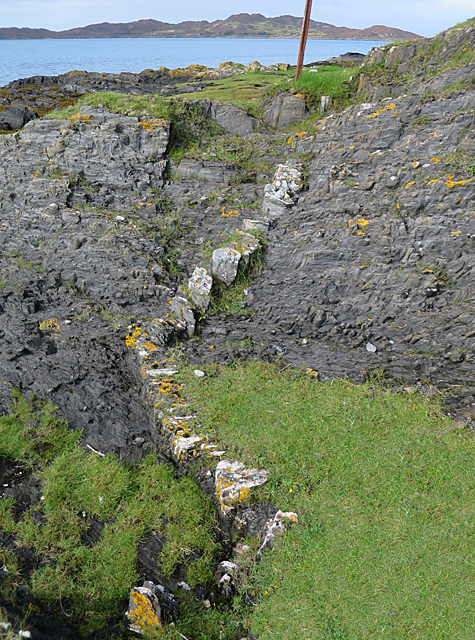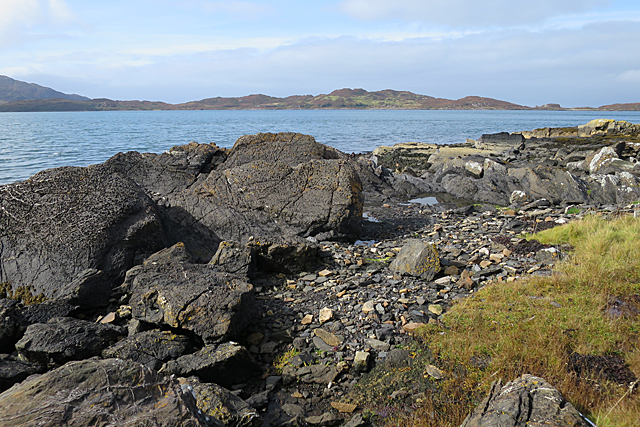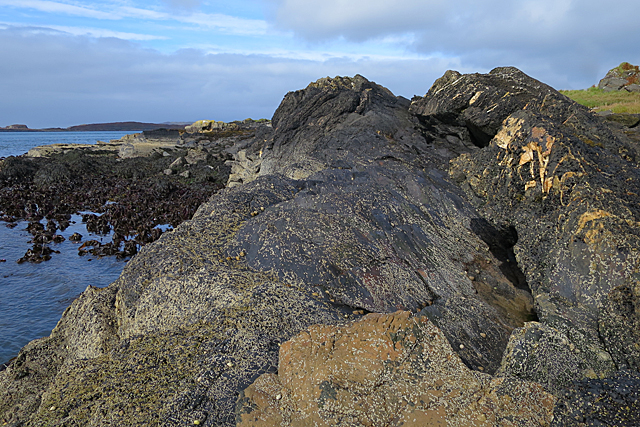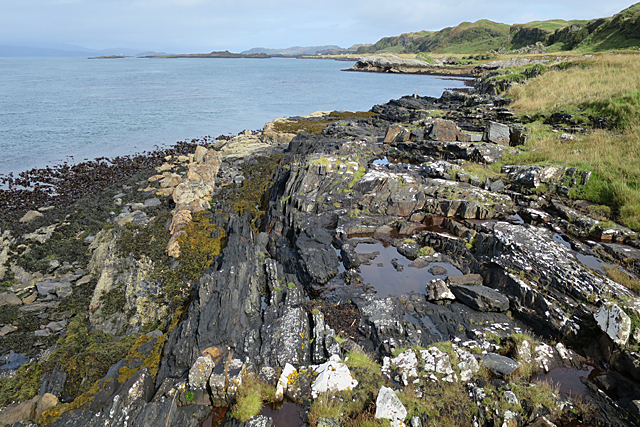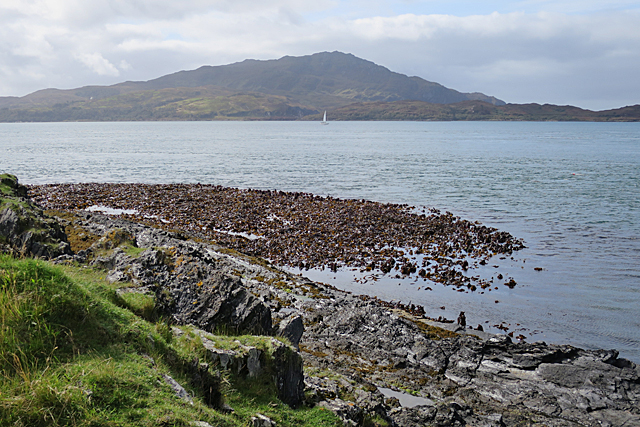Fraoch Eilean
Island in Argyllshire
Scotland
Fraoch Eilean
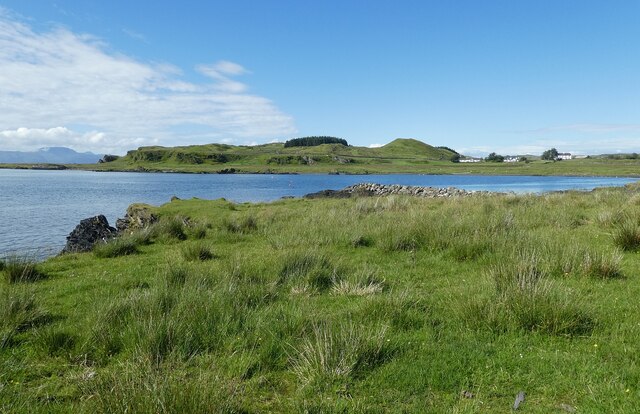
Fraoch Eilean, located in Argyllshire, Scotland, is a picturesque island spanning approximately 7.5 acres. Situated in the stunning Loch Awe, it is part of a chain of islands known collectively as "The Islands of Loch Awe." The island is accessible only by boat, adding to its secluded charm and natural beauty.
The landscape of Fraoch Eilean is characterized by rolling hills, lush greenery, and rocky outcrops, providing a habitat for an array of wildlife. The island boasts a diverse range of flora and fauna, including various species of birds, deer, and otters. It is a haven for birdwatchers and nature enthusiasts, offering a tranquil retreat from the hustle and bustle of everyday life.
Historically, Fraoch Eilean has been inhabited since ancient times. Ruins of a medieval tower can still be seen on the island, hinting at its rich history. In the 18th century, the island was used for farming and had a small population. Today, it remains uninhabited, making it a popular destination for those seeking solitude and a connection to nature.
Visitors to Fraoch Eilean can enjoy activities such as fishing, boating, and hiking. The calm waters surrounding the island are perfect for fishing enthusiasts, offering the chance to catch trout or salmon. Hiking trails crisscross the island, providing panoramic views of Loch Awe and the surrounding countryside.
Overall, Fraoch Eilean is a captivating island that showcases the natural beauty of the Scottish Highlands. Its serene atmosphere, abundant wildlife, and rich history make it a must-visit destination for nature lovers and history buffs alike.
If you have any feedback on the listing, please let us know in the comments section below.
Fraoch Eilean Images
Images are sourced within 2km of 56.233637/-5.6628993 or Grid Reference NM7310. Thanks to Geograph Open Source API. All images are credited.
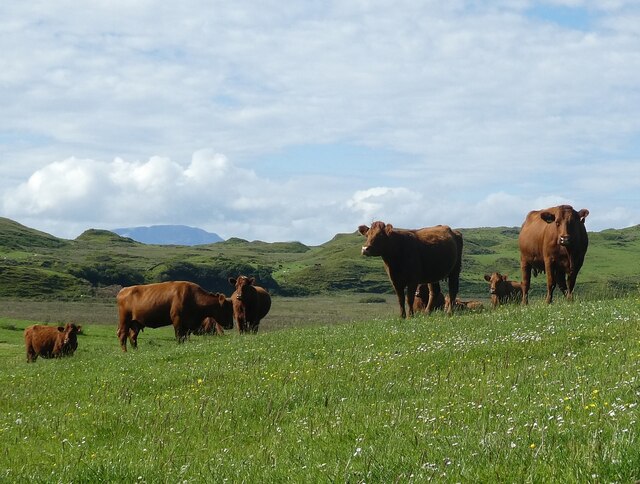
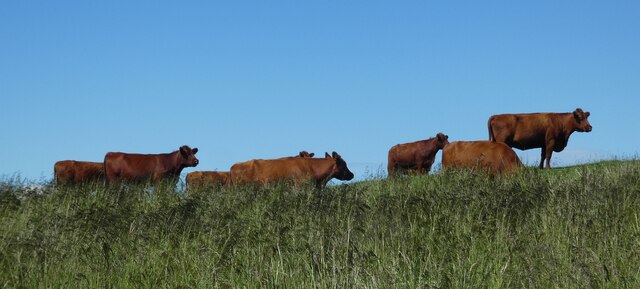
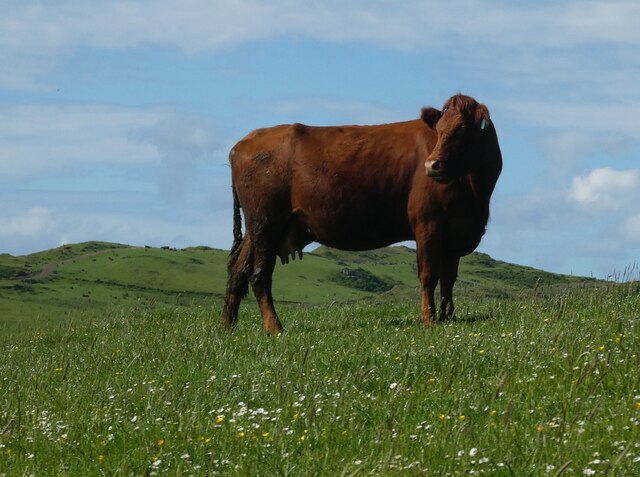
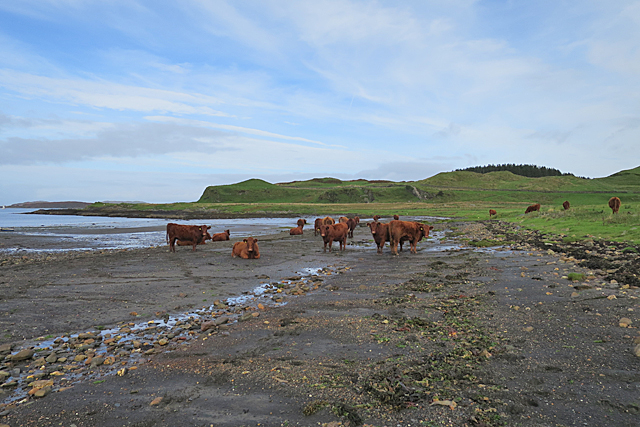
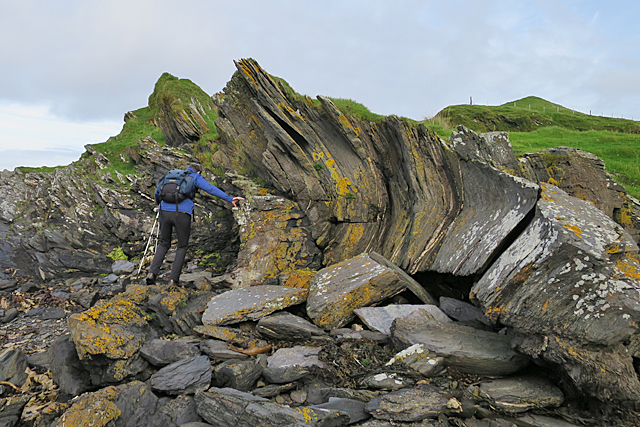
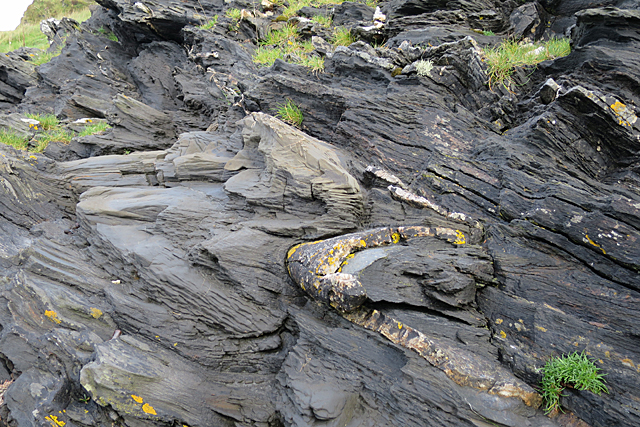
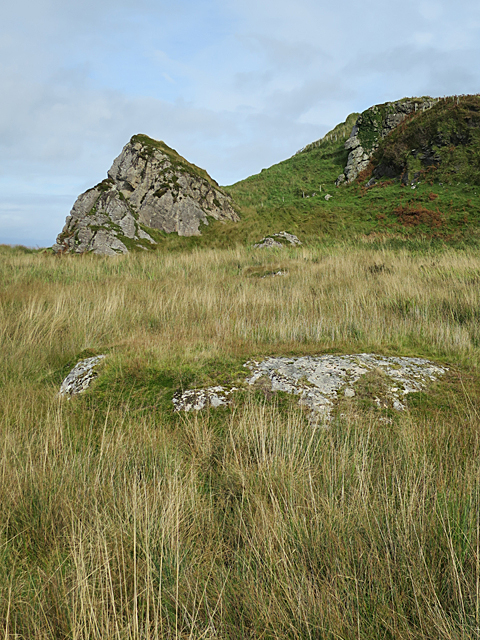
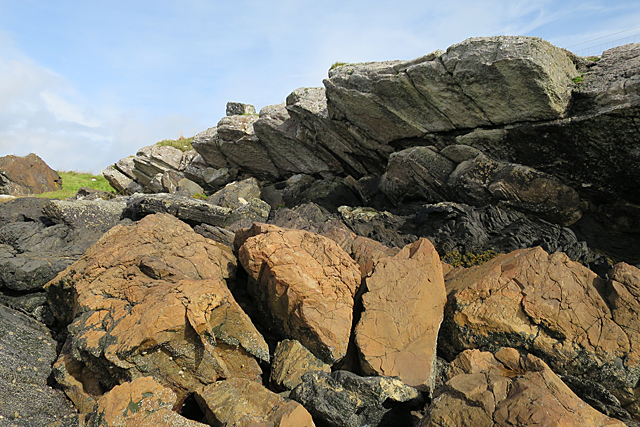
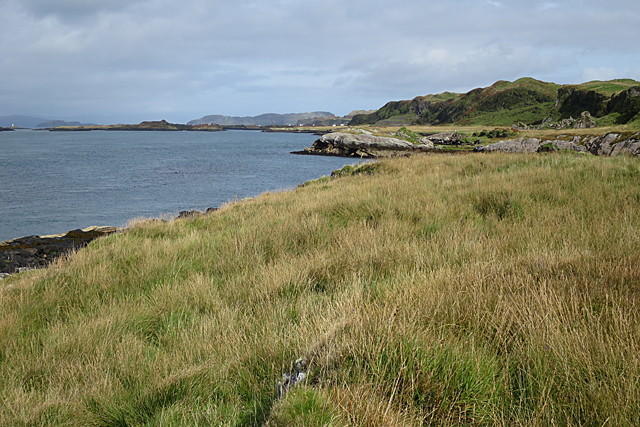
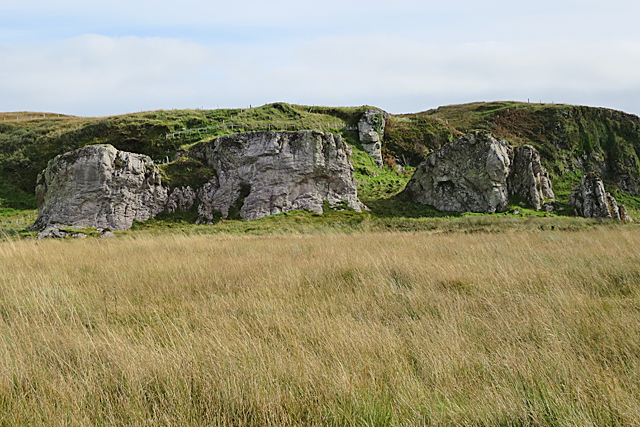
Fraoch Eilean is located at Grid Ref: NM7310 (Lat: 56.233637, Lng: -5.6628993)
Unitary Authority: Argyll and Bute
Police Authority: Argyll and West Dunbartonshire
What 3 Words
///result.quarrel.tacky. Near Lochbuie, Argyll & Bute
Nearby Locations
Related Wikis
Luing
Luing ( LING; Scottish Gaelic: Luinn) is one of the Slate Islands, Firth of Lorn, in the west of Argyll in Scotland, about 16 miles (26 km) south of Oban...
Slate Islands
The Slate Islands are an island group in the Inner Hebrides, lying immediately off the west coast of Scotland, north of Jura and southwest of Oban. The...
Fladda, Slate Islands
Fladda is one of the Slate Islands, off the west coast of Argyll and Bute, Scotland. Fladda is an islet in the Sound of Luing, between Luing and Belnahua...
Ardinamir
Ardinamir is an anchorage and small settlement on the island of Luing in Argyll and Bute, Scotland. == References ==
Nearby Amenities
Located within 500m of 56.233637,-5.6628993Have you been to Fraoch Eilean?
Leave your review of Fraoch Eilean below (or comments, questions and feedback).
